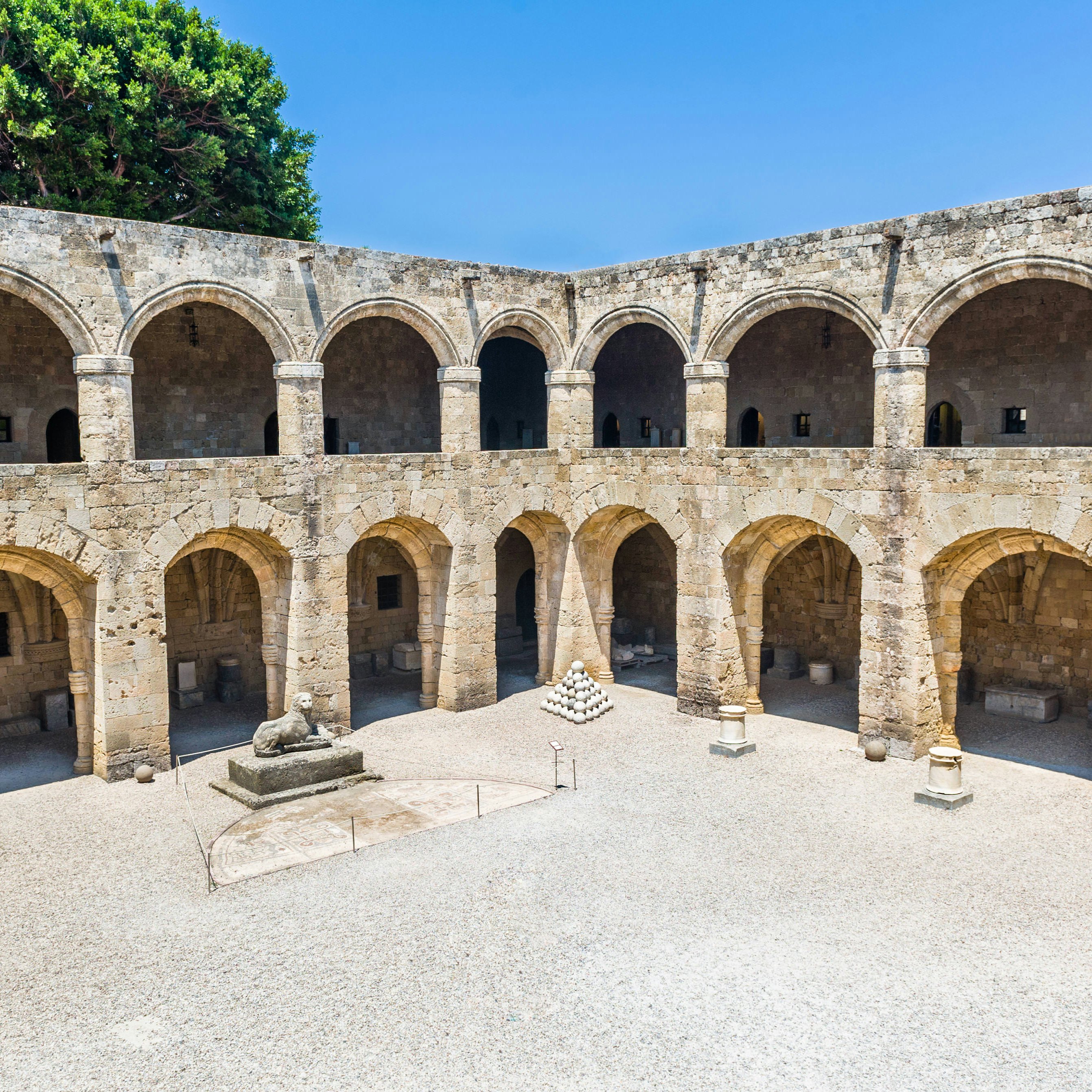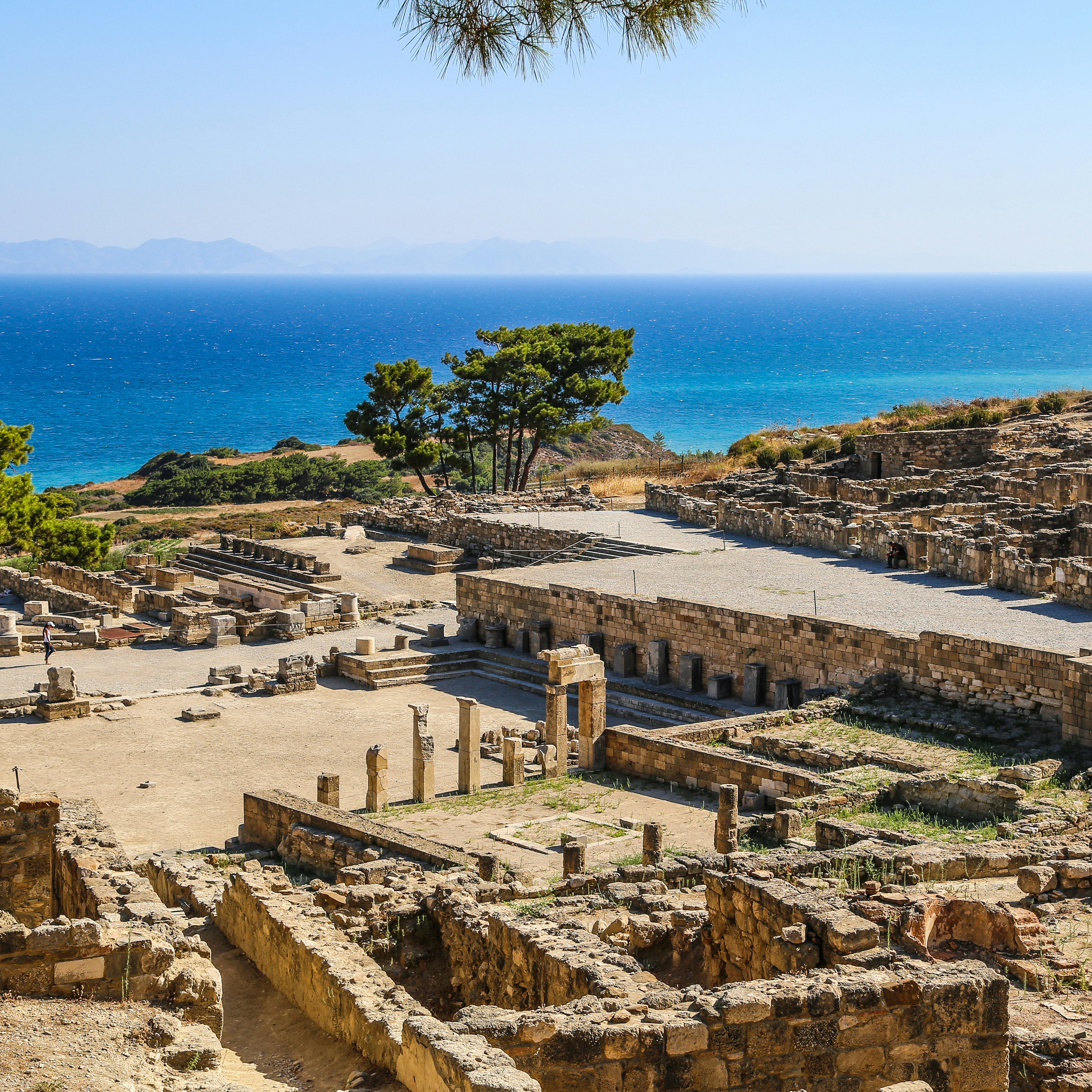
Overview
By far the largest and historically the most important of the Dodecanese islands, Rhodes (ro-dos) abounds in beaches, wooded valleys and ancient history. Whether you’re here on a culture-vulture journey through past civilisations, or simply for some laidback beach time, buzzing nightlife, or diving in crystal-clear waters, it’s all here. The atmospheric Old Town of Rhodes is a maze of cobbled streets that will spirit you back to the days of the Byzantine Empire and beyond. Further south, in the picture-perfect town of Lindos, capped by an ancient Acropolis, sugar-cube houses spill down to a turquoise bay. While both Lindos and Rhodes Old Town get very crowded in summer, Rhodes is large enough to allow plenty of room to breathe that pure Aegean air.
Leave the planning to a local expert
Experience the real Rhodes. Let a local expert handle the planning for you.
Must-see attractions
Planning Tools
Expert guidance to help you plan your trip
Best Things to Do
Greece in winter is a land of glorious walks, uncluttered ancient sites and bustling city life. Here are the top things to do.
Read full article
Get a book. Get inspired. Get exploring.
in partnership with getyourguide



















